

The Tiger 1 was undoubtedly the most feared tank of the Allies in World War II. What made this tank so feared and respected was its massive 88 mm gun, which could destroy a Sherman tank at a distance of up to 3,200 meters.
This was well beyond the range of the guns mounted on Allied tanks. Therefore, before an Allied tank had a chance to destroy it, it would have to be well within range of the Tiger.
The designer Ferdinand Porsche gave the tank the name Tiger, which was much shorter than the official German designation: Panzerkampfwagen VI Ausführung H or E (later in the war).
The Tiger tanks were first used in North Africa against the American and British forces in 1942. They were subsequently deployed on all fronts until the final days of the war.
After their initial battlefield encounters, Allied tank crews reported virtually every tank they encountered as a Tiger tank. This was unlikely, however, as the Germans were only able to build 1,347 before production ceased in August 1944.
The Tiger tanks were far superior to all other tanks in the Allied forces, but they also had shortcomings. They were oversized, used expensive materials, and were very labor-intensive to manufacture. In the event of a breakdown, repair was difficult and expensive.
Some of the chains used were prone to breakage and the high fuel consumption put a strain on Nazi Germany’s already poor fuel situation.
After the war, the remaining Tiger tanks were scrapped, and today only a few remain. Only a handful are on display in museums, and even fewer remain as outdoor monuments.
Currently, only one Tiger remains operational; the Tank Museum in Bovington, UK, owns the Tiger 131, which is the star of many tank exhibitions and was used in the 2015 film “Fury.”
British tank crews first encountered Tigers in January 1943. German crews had carefully carried out their orders to completely destroy any abandoned Tigers to prevent them from falling into enemy hands. Therefore, little was known about this new adversary, so capturing a complete Tiger represented a tremendous prize that would yield valuable materiel.
This makes the capture of the Tiger 131 both significant and enigmatic. The fate of the crew remains a mystery, but the abandonment of the tank seems to have been perceived as dishonorable. The unit’s war diary simply states: “Crew members of the Tiger 131 panicked and abandoned the tank after two harmless hits from a Churchill.” The evidence shows that the tank sustained several direct hits that were anything but harmless.
The most significant hit, still clearly visible today, was a 6-pounder shell that grazed the underside of the Tiger’s 88 mm gun before striking the gun mantlet and lodging in the turret ring. This jammed the turret and effectively prevented the Tiger from engaging in combat. It also ripped the weld on the deck plate and, according to a contemporary account, shattered the radio. It was suggested that this shot may have “incapacitated the driver and front gunner.”
Traces of a second 6-pounder impact are also visible on the right turret lifting pin, but a third 6-pounder struck the open cargo hatch, shattering it and deflecting the ball to strike the edge of the hatch, which could have further injured the crew inside.
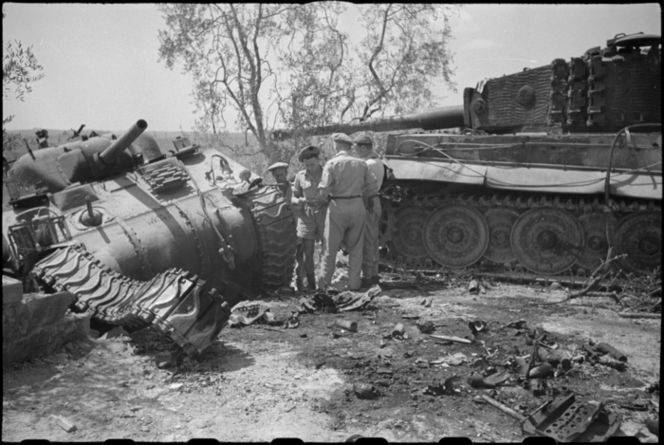
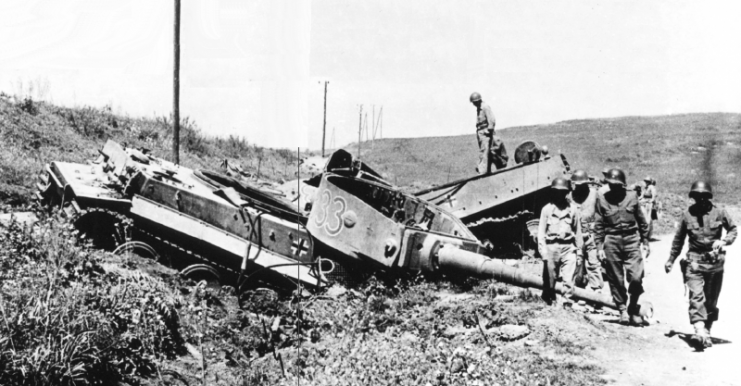
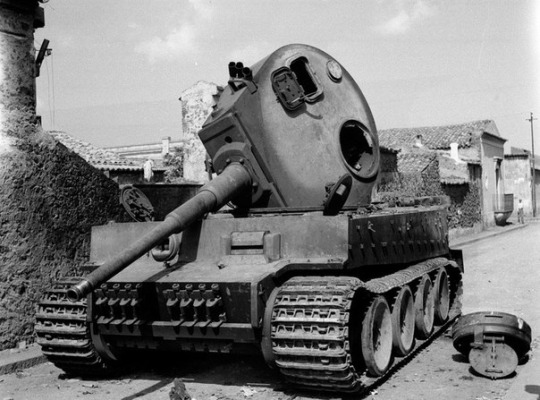
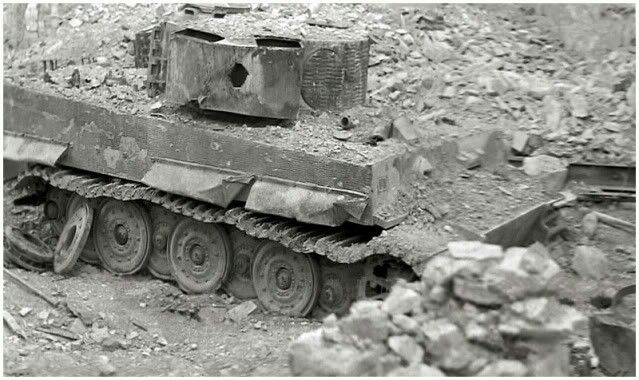
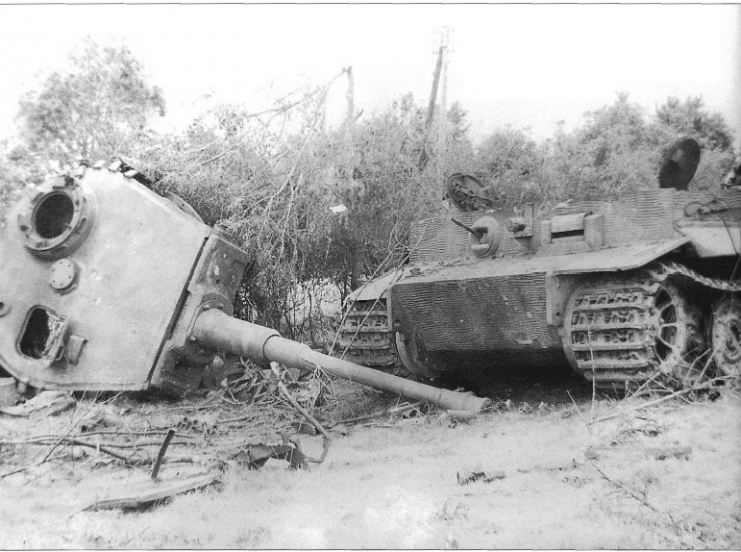

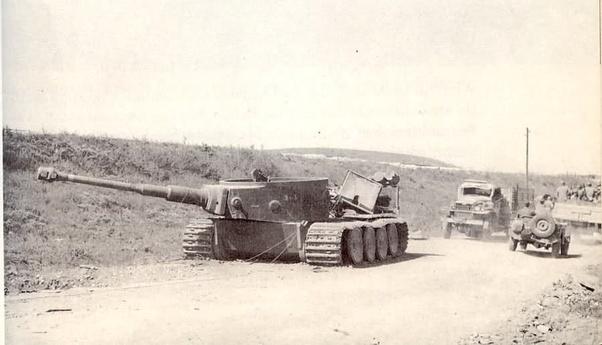
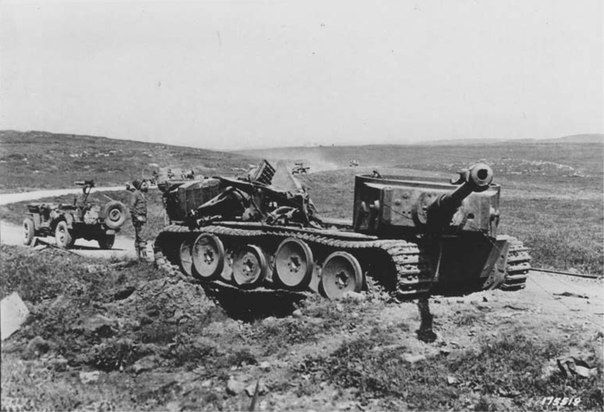
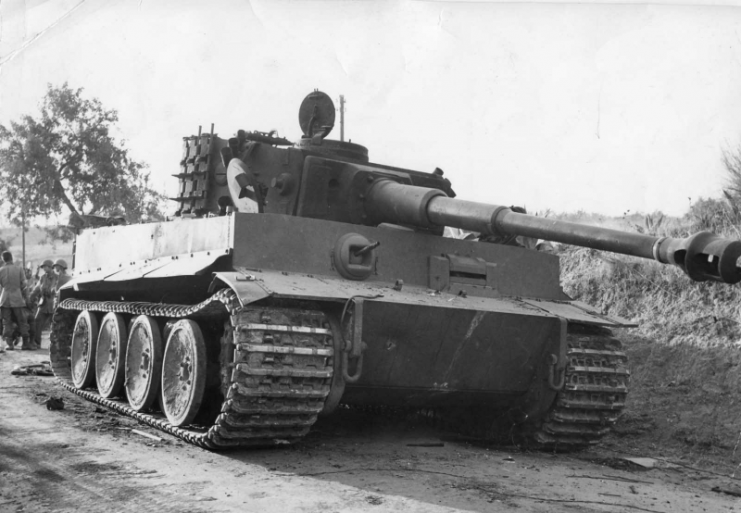
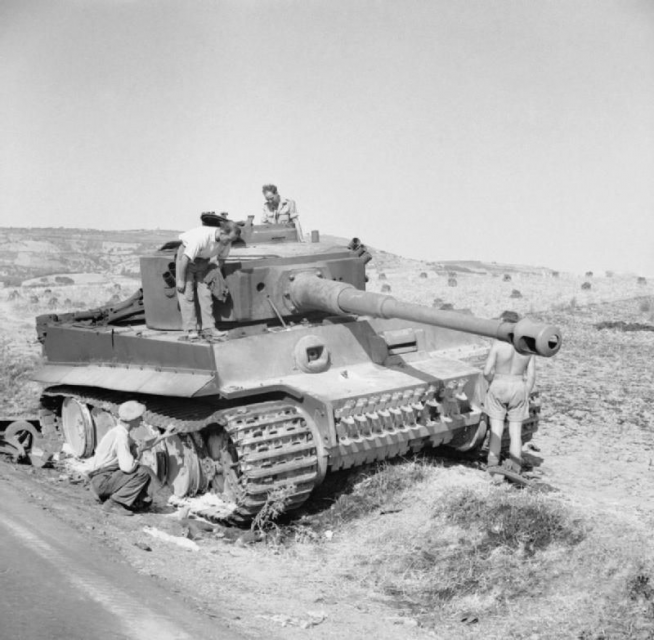
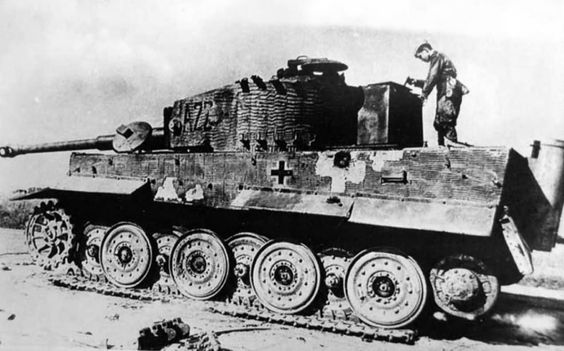
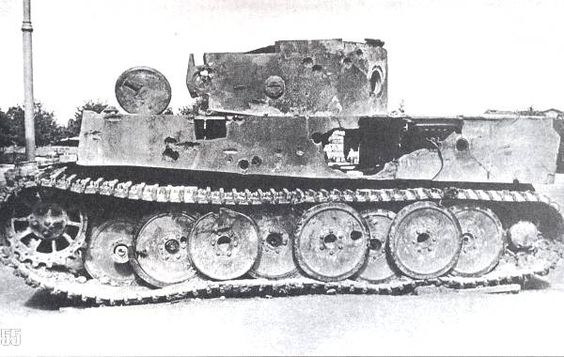
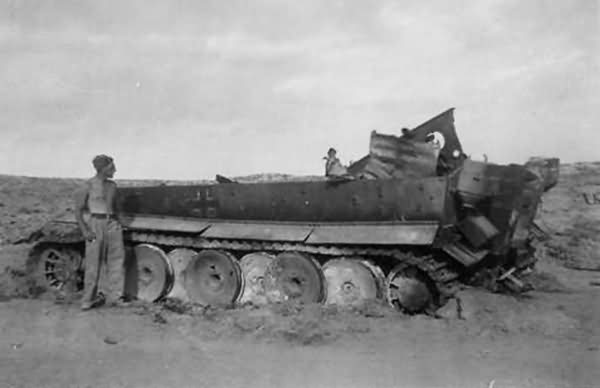
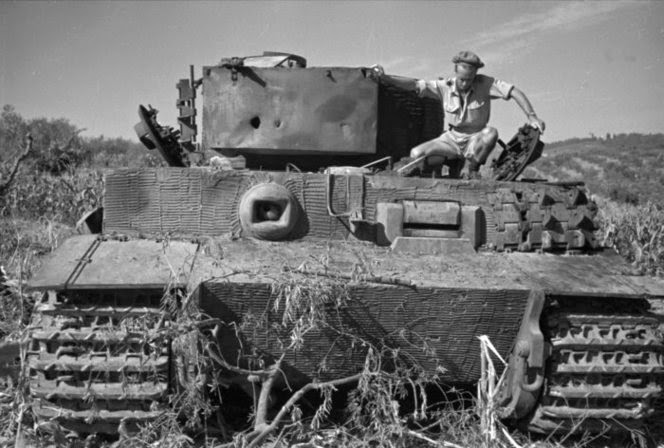
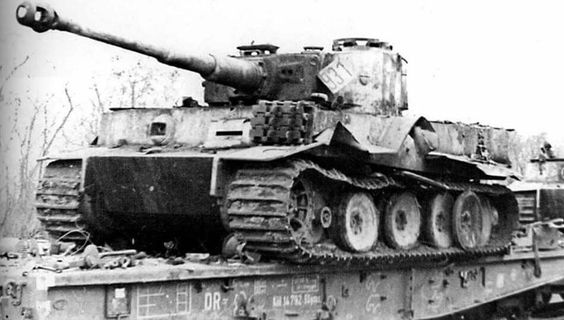
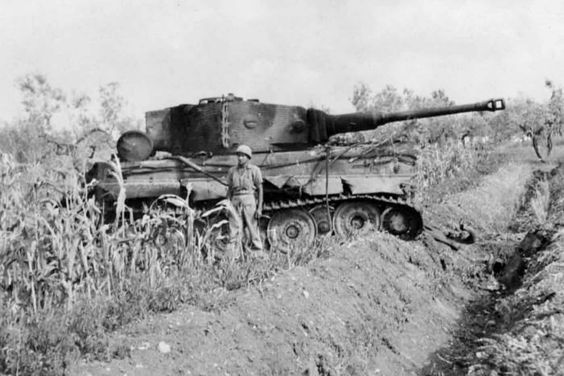
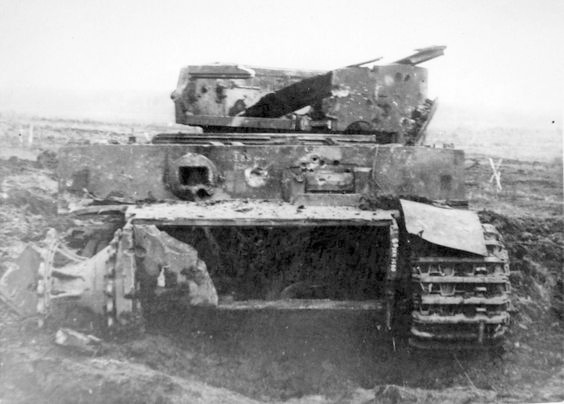
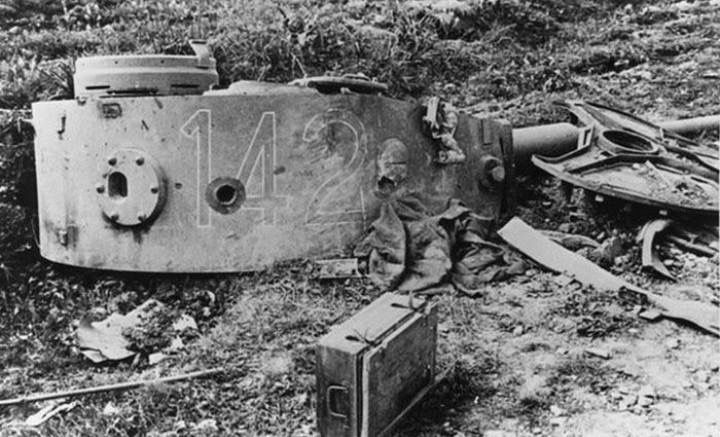
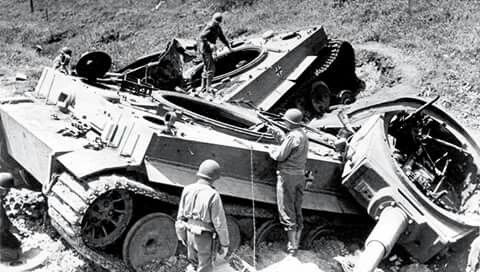
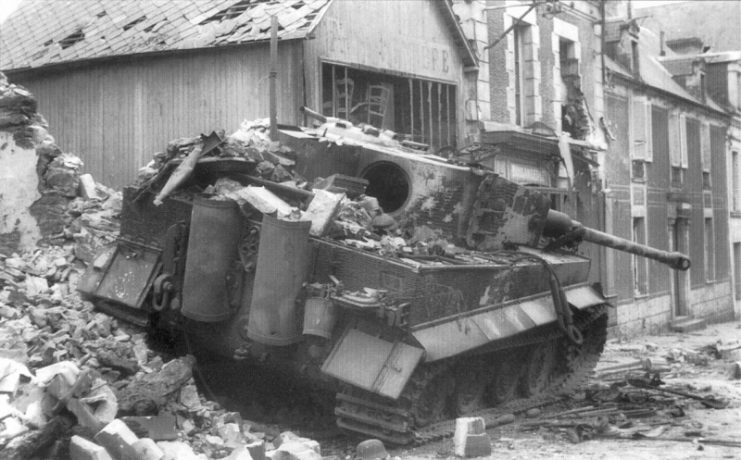
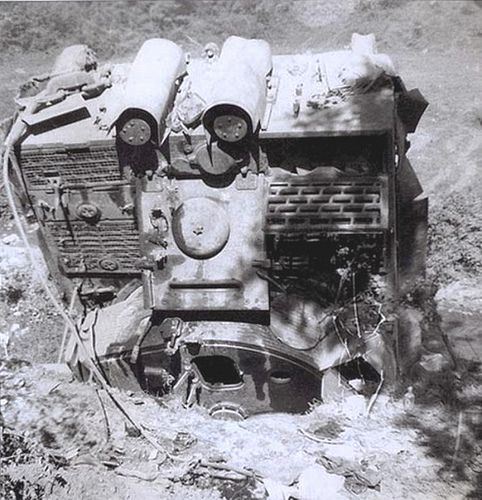
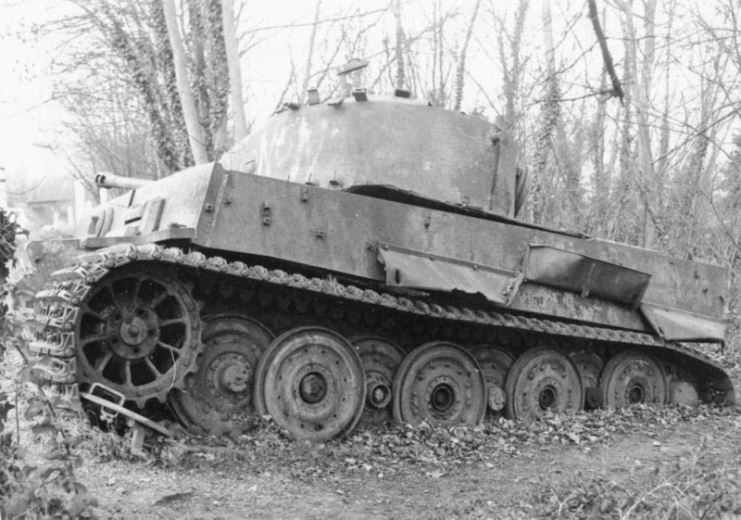
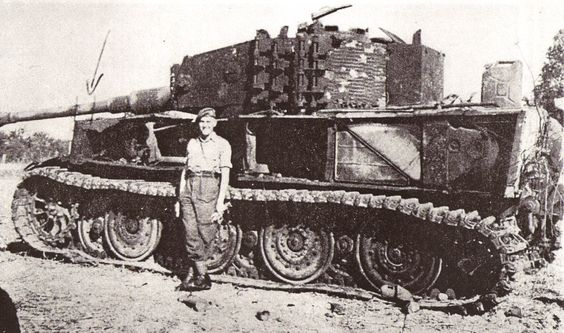
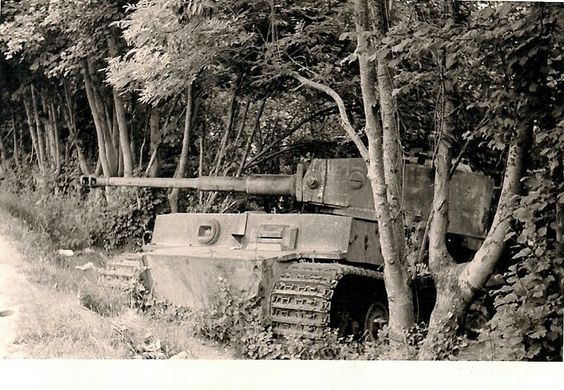
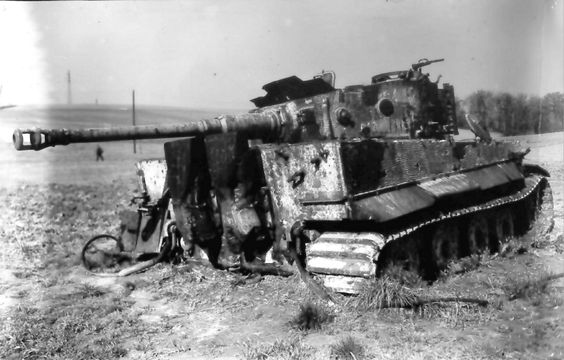
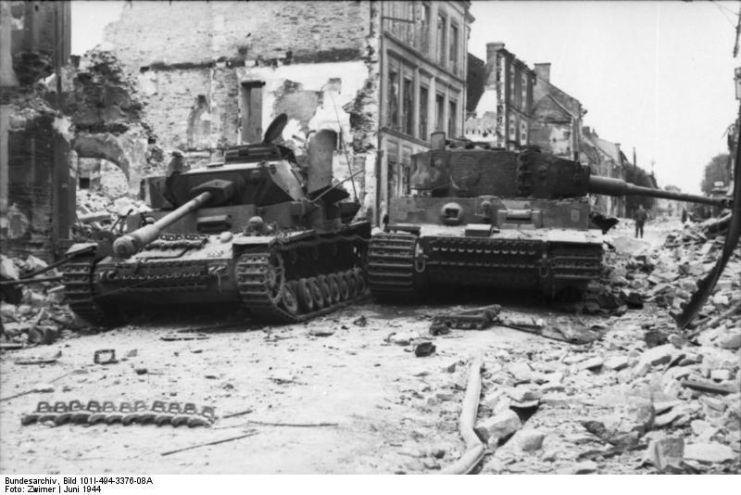
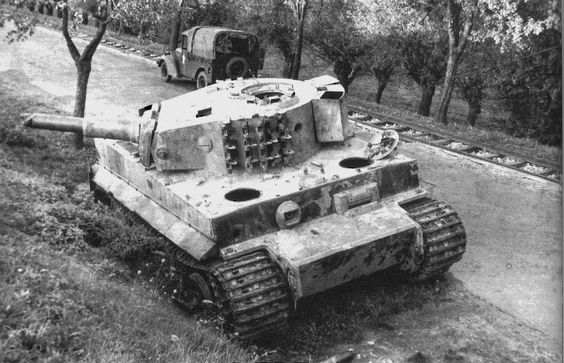
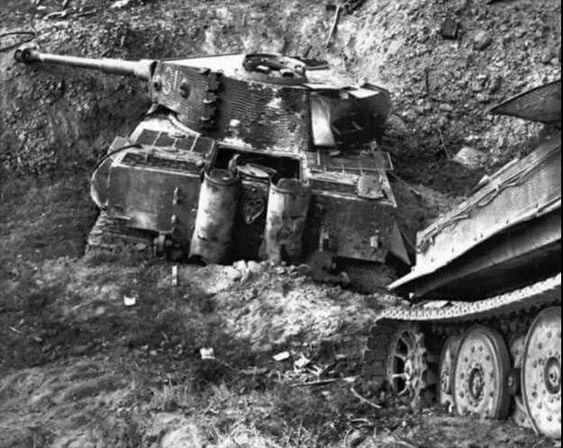
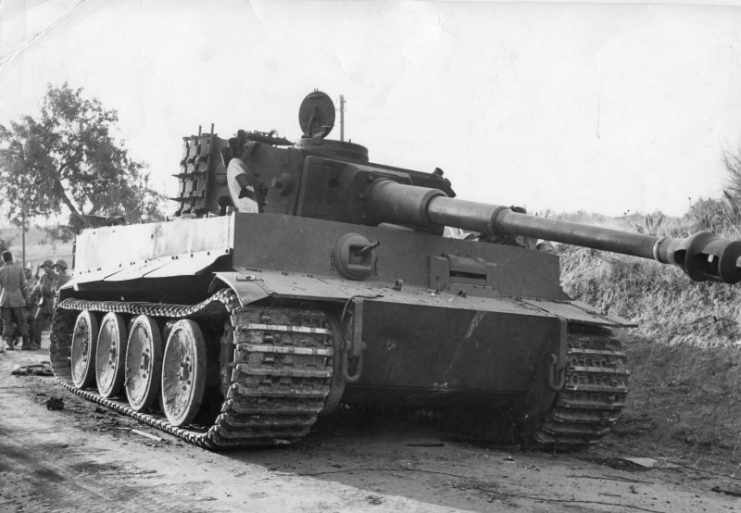
The Tiger was introduced in 1942 and saw service in North Africa, Italy, Russia, and northwestern Europe. However, it wasn’t until mid-1944 that the British and Americans succeeded in developing a tank with a cannon capable of penetrating the Tiger’s armor—and these were only available in limited numbers until the final months of the war.











